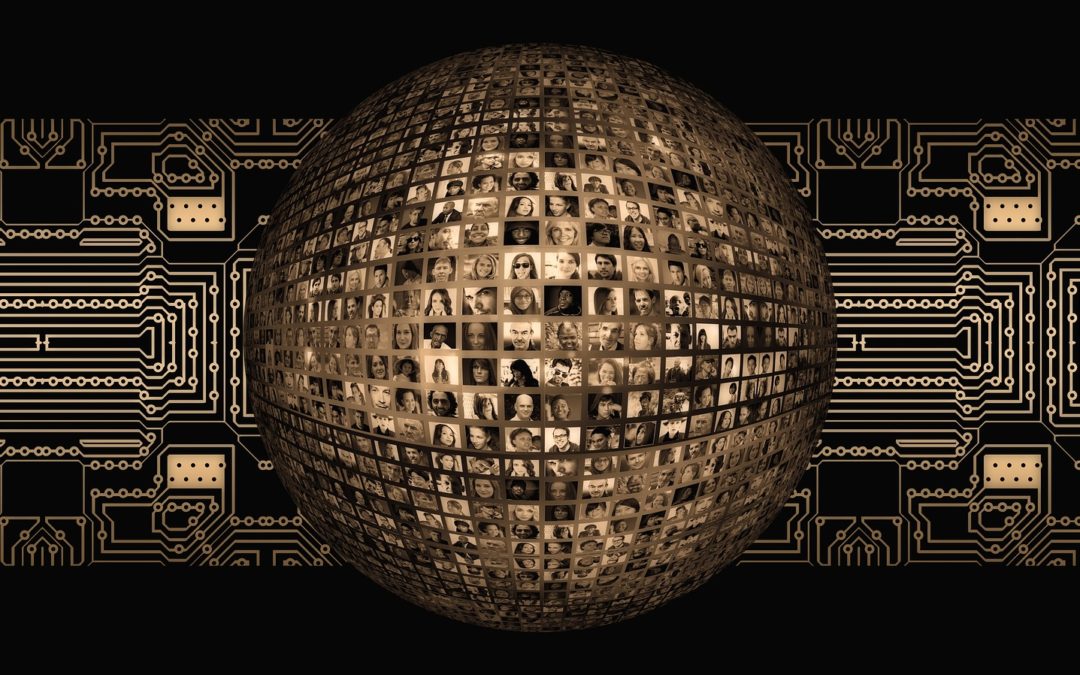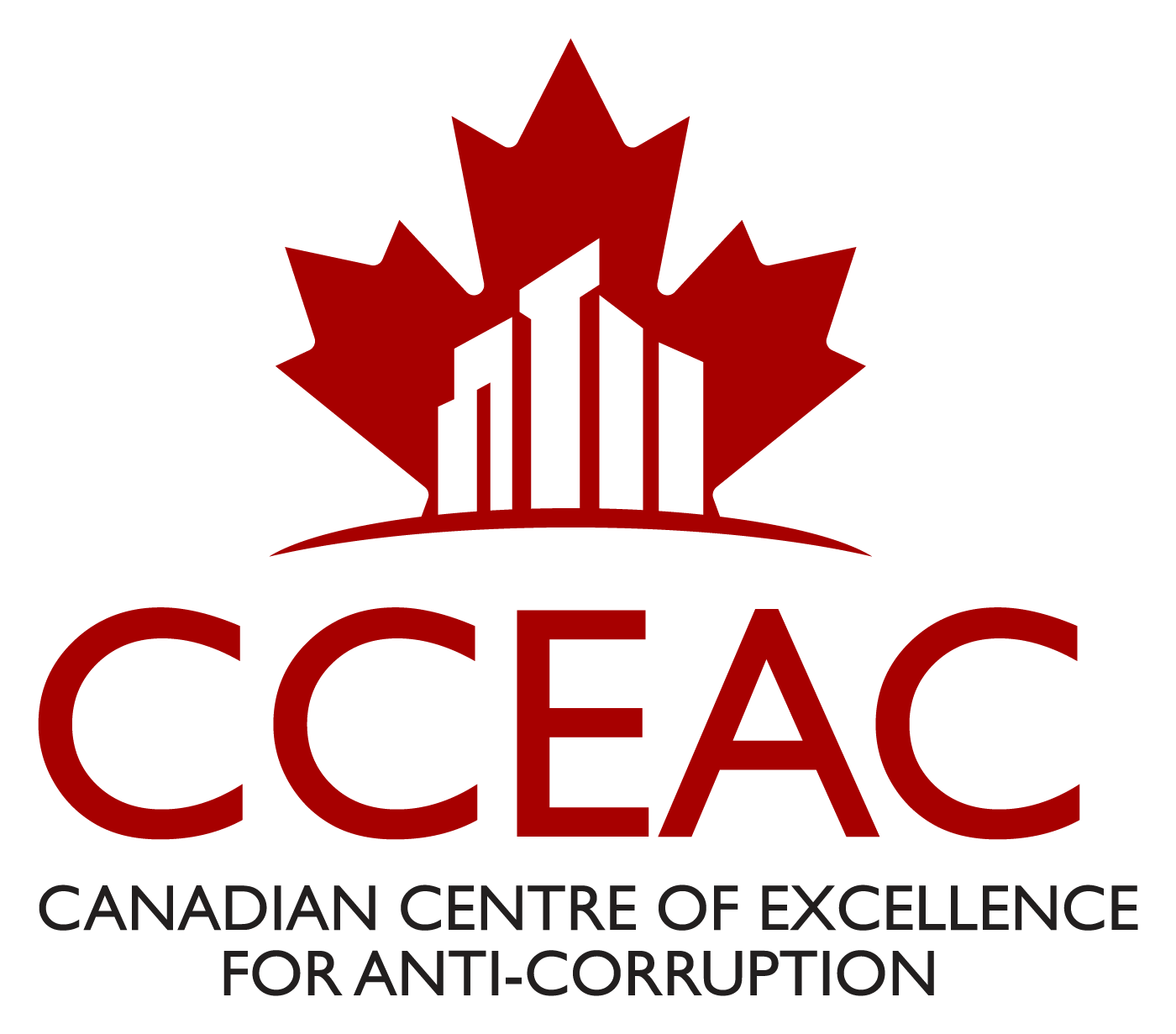
by admin | Sep 13, 2018 | Accountability and transparency, Continuous improvements, Continuous learning and applying lessons learned, Leadership and governance, Management review, North America, Program testing and benchmarking, Risk-based training, Structuring an Anti-Corruption compliance program, The business case for a compliance program, Training
Article from Jean-Pierre Méan, expert in compliance and anti-corruption.
 Transparency International, the Berlin-based global anti-corruption organization, has just released its twelfth progress report (the 2018 Exporting Corruption Report) on the enforcement of the OECD Convention on Combating Bribery of Foreign Public Officials in International Business Transactions (the OECD Convention) . This report follows on 11 reports published annually from 2005 to 2015. It is an occasion to reflect on what has been achieved by the OECD Convention so far and what more can be expected in the coming years.
Transparency International, the Berlin-based global anti-corruption organization, has just released its twelfth progress report (the 2018 Exporting Corruption Report) on the enforcement of the OECD Convention on Combating Bribery of Foreign Public Officials in International Business Transactions (the OECD Convention) . This report follows on 11 reports published annually from 2005 to 2015. It is an occasion to reflect on what has been achieved by the OECD Convention so far and what more can be expected in the coming years.
But first, what is the OECD Convention and where does it come from?
Read full article (PDF)

by admin | Mar 22, 2018 | Agriculture, Arms, defence & military, Banking & finance, Civilian aerospace, Consumer services, Continuous improvements, Continuous learning and applying lessons learned, Dealing with public officials, Europe, Fisheries, Forestry, Heavy manufacturing, Information, Information technology, Light manufacturing, Oil and gas, Pharmaceutical & health care, Power generation & transmission, Public works & Construction, Real estate, property, legal and business services, Risk assessments, Telecommunications, Transportation & storage, Utilities
Paper authored by Daniel Kaufmann and Pedro C. Vicente.
We challenge the conventional definition of corruption as the ‘abuse of public office for private gain’, making a distinction between legal and illegal forms of corruption, and paying more attention to corporate patterns of corruption (which also affect public corruption). We undertake to identify general determinants of the pattern of legal and illegal corruption worldwide, and present a model where both corruption (modelled explicitly in the context of allocations) and the political equilibrium are endogenous. Three types of equilibrium outcomes are identified as a function of basic parameters, namely initial conditions (assets/productivity), equality, and fundamental political accountability. These equilibria are: i) an illegal corruption equilibrium, where the political elite does not face binding incentives; ii) a legal corruption equilibrium, where the political elite is obliged to incur on a cost to “deceive” the population, and, iii) a no-corruption equilibrium, where the population cannot be deceived. An integral empirical test of the model is performed, using a broad range of variables and sources. Its core variables, namely regarding legal corruption (and other manifestations of corporate corruption) come from an original survey developed with the World Economic Forum (in the Executive Opinion Survey 2004 of the Global Competitiveness Report). The empirical results generally validate the model and explanations. Some salient implications emerge.

by admin | Mar 22, 2018 | Agriculture, Arms, defence & military, Banking & finance, Civilian aerospace, Consumer services, Continuous improvements, Continuous learning and applying lessons learned, Fisheries, Forestry, Heavy manufacturing, Information, Information technology, Latin America and the Caribbean, Light manufacturing, Oil and gas, Pharmaceutical & health care, Power generation & transmission, Public works & Construction, Real estate, property, legal and business services, Telecommunications, Transportation & storage, Utilities
When dirty business comes to mind, many think of dictator-led regimes. But Canada, the US and other countries engage in dastardly deeds too. The question is, are they different?

by admin | Mar 22, 2018 | Africa, Agriculture, Arms, defence & military, Banking & finance, Civilian aerospace, Consumer services, Continuous improvements, Continuous learning and applying lessons learned, Country risk profile, Fisheries, Forestry, Heavy manufacturing, Information, Information technology, Light manufacturing, Oil and gas, Pharmaceutical & health care, Power generation & transmission, Public works & Construction, Real estate, property, legal and business services, Risk assessments, Telecommunications, Transportation & storage, Utilities
This new report from the Global Corruption Barometer series is based on surveys with over 22,000 citizens living in 20 countries in Latin America and the Caribbean. We asked about first-hand experiences of bribery in public services and perceptions of the scale of corruption. Our report comes at a time when governments around the world are having to pay greater attention to tackling corruption as the United Nations’ Sustainable Development Goals (SDGs) – an ambitious set of 17 global goals – calls on governments to “substantially reduce corruption and bribery in all their forms” (Goal 16.5).

by admin | Mar 22, 2018 | Agriculture, Arms, defence & military, Banking & finance, Civilian aerospace, Consumer services, Continuous improvements, Continuous learning and applying lessons learned, Europe, Fisheries, Forestry, Heavy manufacturing, Information, Information technology, Light manufacturing, Mining, Oil and gas, Pharmaceutical & health care, Power generation & transmission, Public works & Construction, Real estate, property, legal and business services, Telecommunications, Transportation & storage, Utilities
In our first blog of this two-part series, we noted that, despite recent progress, corruption in Latin America is still high. In this second blog, we look at measures to fight corruption that have worked well in other countries. Learning about these policies can provide insights to guide Latin America in the design of their anti-corruption strategies, even if the final shape of these policies will differ depending on country specifics.
We argue that a lasting solution will require sustained action on many fronts to create a major shift in societal expectations and to push countries out of the corruption trap. Improving institutions and lowering corruption go hand in hand, but this is easier said than done. Progress on paper (a better legal framework), while necessary, does not translate into results on the ground if it is not accompanied by stronger enforcement.

by admin | Mar 22, 2018 | Agriculture, Arms, defence & military, Banking & finance, Civilian aerospace, Consumer services, Continuous improvements, Continuous learning and applying lessons learned, Dealing with public officials, Europe, Fisheries, Forestry, Heavy manufacturing, Information technology, Light manufacturing, Mining, Oil and gas, Pharmaceutical & health care, Power generation & transmission, Public works & Construction, Real estate, property, legal and business services, Risk assessments, Risk-based training, Telecommunications, Tools, Training, Transportation & storage, Utilities
Corruption hinders both public and private sector productivity. It perpetuates inequality and poverty, impacting well-being and the distribution of income and undermining opportunities to participate equally in social, economic and political life.
Integrity is essential for building strong institutions and assures citizens that the government is working in their interest, not just for the select few. Integrity is not just a moral issue, it is also about making economies more productive, public sectors more efficient, societies and economies more inclusive. It is about restoring trust, not just trust in government, but trust in public institutions, regulators, banks, and corporations.

 Transparency International, the Berlin-based global anti-corruption organization, has just released its twelfth progress report (the 2018 Exporting Corruption Report) on the enforcement of the OECD Convention on Combating Bribery of Foreign Public Officials in International Business Transactions (the OECD Convention) . This report follows on 11 reports published annually from 2005 to 2015. It is an occasion to reflect on what has been achieved by the OECD Convention so far and what more can be expected in the coming years.
Transparency International, the Berlin-based global anti-corruption organization, has just released its twelfth progress report (the 2018 Exporting Corruption Report) on the enforcement of the OECD Convention on Combating Bribery of Foreign Public Officials in International Business Transactions (the OECD Convention) . This report follows on 11 reports published annually from 2005 to 2015. It is an occasion to reflect on what has been achieved by the OECD Convention so far and what more can be expected in the coming years.








